


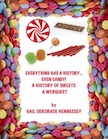




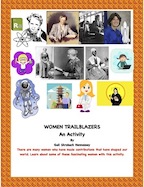
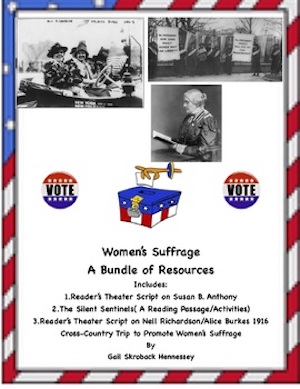
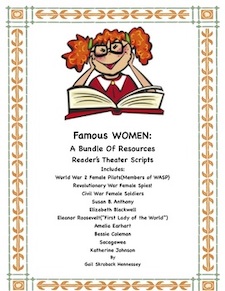
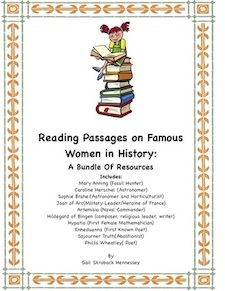

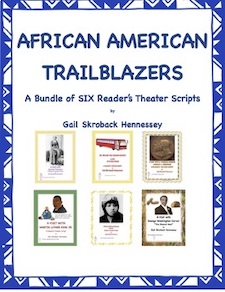
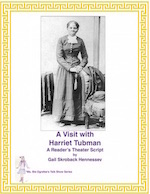
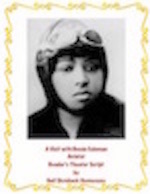







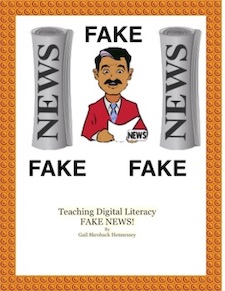
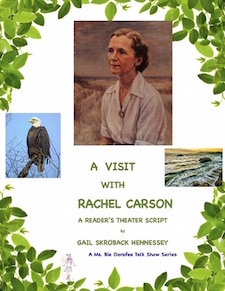
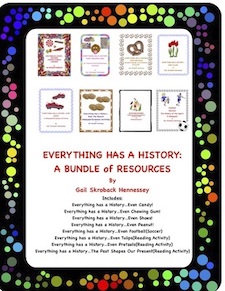
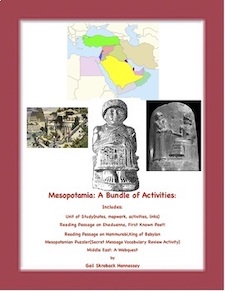
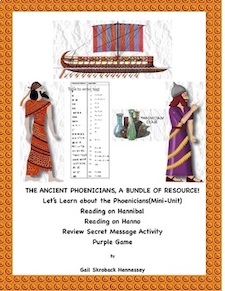
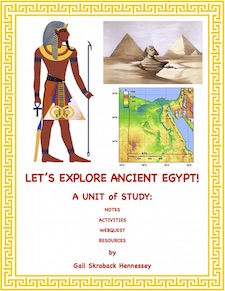
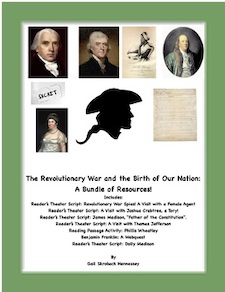
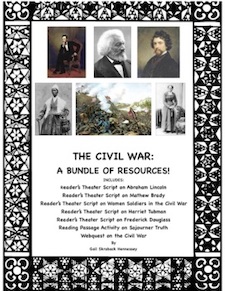

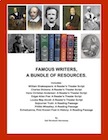
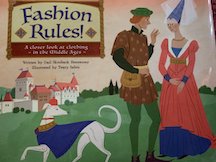
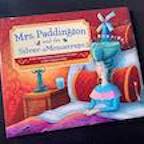
My Book-Mrs. Paddington and the Silver Mousetraps
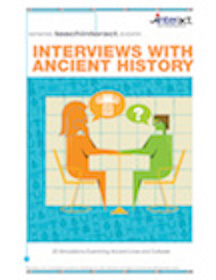




Anti-Bullying Resources

Bell Ringers!

Updated regularly
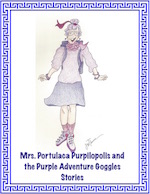
Mrs. Portulaca Purpilopilis
and the Purple Adventure Goggles




Facts to Wow your Friends!

 Teaching Ideas!
Teaching Ideas!
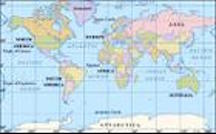







` `

Restoring A Masterpiece
Per Knutas is chief conservator at the Cincinnati Art Museum in Cincinnati, Ohio. Per Knutas recently worked on one of Dutch painter Vincent Van Gogh's last works of art,Undergrowth with Two Figures. Read more to learn about his career.

1. What is an art conservator?With age,paintings can accumulate dirt, their paints may fade or change color. Humidity over time can cause the paint to warp and, even fleck away. Handling, storage and even previous well-intended conservation efforts to preserve a work of art can cause a painting damage. It is my job to help restore a work of art for future generations to be able to enjoy its beauty and heritage.
2. What is the best part of your career?The best part of my job is that not one day is like another. I like that there is always reading and that I am always learning new things about the painting I am working on. For example, while researching letters written between Vincent Van Gogh and his brother, Theo,Undergrowth with Two Figures, was mentioned. Vincent wrote to his brother describing the painting. In the letter he talked about the yellow, whites, and pink colors used but there is no longer any pink hues in the work of art. During the treatment I found a crack in the the white paint with an intensely pink core. Van Gogh used paint that was not light stable and over the past 120 years, the red pigment in the white (the mixing is making the color look pink) has faded leaving behind the white. The painting now looks very different without the pink. Sadly, we can not reproduce the pink, hopefully future technology will be able to revive the colors.
3. What is the most difficult aspect of your career?I'd say that having to move so much is difficult. I have moved 31 times in 22 years. You must work wherever there is a need for a conservator!
4. What are some of the different types of conservators? In addition to those conservators that work on restoring paintings, there are conservators who specialize in restoring sculptures, works on paper, musical instruments, photographs and furniture, to name a few.
5. Did anything in your childhood or school spark your interest?Since my family was not interested in art, it wasn't until I was in high school that this career choice started to take root. I began hanging around with others that were interested in art.
6. How can young people prepare now for a career as an art conservator?Visit museums and look at paintings up close. See if you can notice the brush strokes and colors. Read about famous artists, develop study skills and computer skills as you will be spending time doing research. And,take science classes,too. Chemistry plays a role in art conservation!
7. Do you have a specific memory you might share with young people about your career choice?I once escorted one of Monet's Waterlilies to Australia. Because of its size(24 ft. long), the painting and I had to go in a cargo plane. It took 2 1/2 day, and 8 stops (including an 18 hour delay on the island of Fiji) The painting was valued at $75 million dollars.
8. Can you share some information on your recent work?In 1975, wax was applied to the back of a new canvas attached to the original canvas of one of Vincent Van Gogh's last works of art. It was thought, at the time, that this process would help secure the painting. Unfortunately, some of the wax mixture penetrated through microscopic cracks in the canvas, getting into the brush strokes and up on the surface. The wax was clear, but over the years has become milky-white in color. The brush stroke textures and beautiful hues for which Van Gogh was famous, were muted(not as brilliant).Another problem was varnish that had been applied to protect the painting. This clear top coat also had a negative effect on Van Gogh's work. Varnish had hardened the brushstrokes and had deepened some of the colors from what Van Gogh had originally painted. I worked to remove the wax and varnish to return the painting to its more original textures and colors.
9. What are some skills needed to be an art conservator?You need to have lots of patience as restoration is a slow and meticulous job. You need to enjoy doing research, reading and have people skills. Manual dexterity is important as you are often using tiny tools to do very detailed work.
10. What is a typical day in your career choice?With the Van Gogh painting, I used a powerful microscope and gently picked the wax off the painting using a bamboo stick. I was able to do about a 3 inch by 3 inch square of the painting each day, about three hours, before my eyes just couldn't do any more. In addition to the hands-on work restoring a painting, I also spend time answering emails and having meetings, doing research on the painter and the artwork on which I am currently working. I also work on controlling the light, humidity, temperature and deal with pest management as it relates to the painting. When a painting is going on loan to another museum, I must work on making climate control boxes to protect the paintings.
11. Anything else you'd like to share with young people about your career choice?I have the best job in the world. I am surrounded by beautiful things. I was able to turn a hobby into a career. Conservators help save our cultural heritage for the future. We help to tell a story about the past that words can't describe.
Photograph from Per Knutas-THANK YOU!